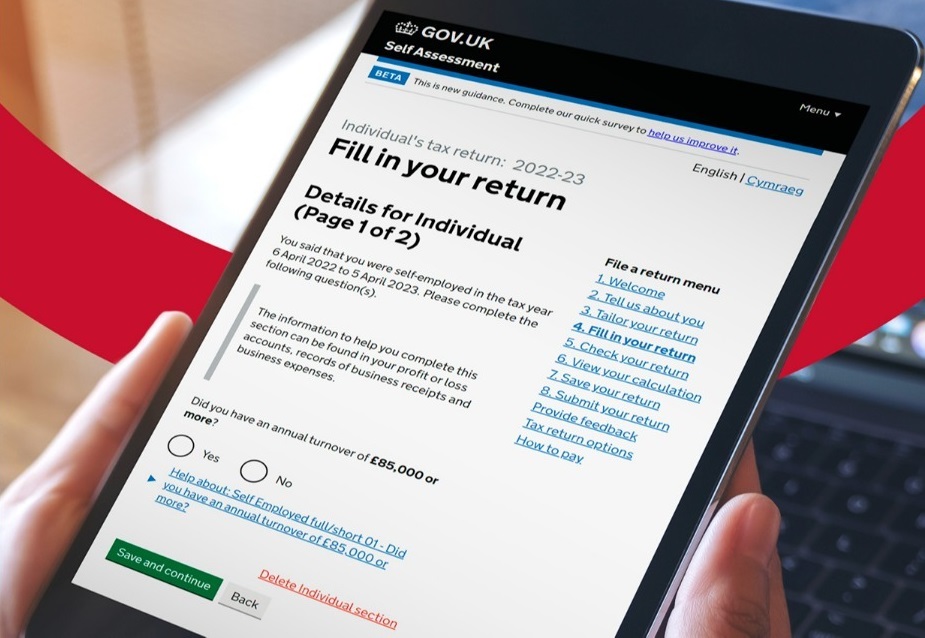High uptake sees extra money invested
Credit: Shearings Holidays/CC BY 2.0
Almost £3m extra will be invested in broadband for the Highlands and islands after take-up rates across the region’s Digital Scotland Superfast Broadband (DSSB) network exceeded 60%.
The high take-up rate means that hundreds more homes in some of Scotland’s most rural areas will be able to access full fibre – also known as fibre-to-the-premises – internet connectivity.
The DSSB project in the Highlands and islands is funded by a partnership of the Scottish Government, HIE, Broadband Delivery UK and BT, and delivered by Openreach.
Under the terms of the contract, a share of revenue generated through take-up of services is repayable to the Scottish Government and HIE over the 10-year length of the contract, but as a result of the high level of take-up by households and businesses, Openreach has chosen to return the funds early.
In 2015, £2.23m was invested back into the programme in a similar contract handback.
Related content
- Full-fibre rollout will sweep through two million properties each year, chancellor pledges
- Full fibre goes live in the Outer Hebrides
- Thirteen UK cities picked to receive up to £95m for full-fibre rollouts
The £146m project has created a new core network and provided fibre access to more than 180,000 premises using both fibre-to-the-cabinet and fibre-to-the-premises technology.
Broadband rollout under the scheme will continue until 2020, with the project reaching 30,000 more premises than the initial target.
Minister for Energy, Connectivity and the Islands Paul Wheelhouse announced the new funding during a visit to Taynuilt to see how the latest fibre technology is being used to reach homes in the region.
He said: “With our partners we have invested over £400m in the Digital Scotland Superfast Broadband programme, taking fibre broadband to areas where the market would not otherwise go. Connectivity in the Highlands and islands has been transformed by the Digital Scotland programme. The region as a whole has seen a huge increase in the availability of faster fibre-based services, with thinkbroadband reporting an increase from 18.6% fibre broadband coverage in January 2014 to over 92% today.”
Wheelhouse said that access to fast and reliable broadband was key to “boosting our business and public sectors, helping to underpin economic growth and drive productivity”.
He continued: “Grimsay and Great Bernera in the Outer Hebrides recently became our first fully ultrafast capable islands. We’re now set to see similar coverage in other areas that have been challenging to reach, including Waternish and Glendale in Skye. I’m delighted that as a result of great take-up of services in the region even more people across the area will benefit from the full-fibre network.”
Stuart Robertson, director of digital at HIE, said: “We’re delighted to have more funds to reach that little bit further. We placed our final project cabinet in Wester Ross last week, it will mean more coverage for the Dornie community. All of our remaining coverage now will be FTTP. It allows us to bring high-speed services direct to the people in more scattered homes and not spots, who may currently face the poorest broadband speeds.”
Openreach’s service delivery manager for Argyll and Bute, Bruce McClory, added that it was “fantastic news” that six in 10 households covered by the Digital Scotland network had migrated to better broadband.
He said: “The extra funding, which we’re returning early, will put hundreds more of the region’s hardest-to-reach households at the forefront of the UK’s shift to a full-fibre network. Full fibre provides more reliable, resilient and future-proof connectivity – and it’s fast enough to download an HD film in less time than it takes to make a cup of tea. Good connectivity breathes new life and opportunities into remote communities and we look forward to connecting even more of them.”



